

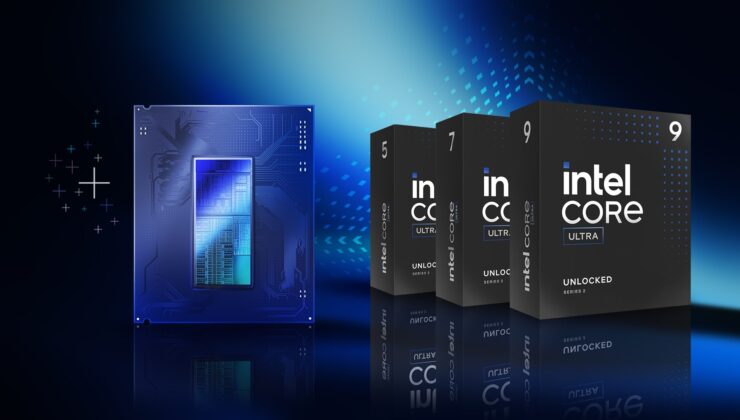

Following the lackluster reception of the Core Ultra 200S processors, Intel is making strides to redeem itself with an intriguing new feature. The tech giant has introduced the Intel 200S Boost, a complimentary feature designed to enhance the performance of its ‘Arrow Lake’ processor family. This feature acts as a pre-configured overclocking profile, similar to the XMP and EXPO technologies used in memory, but applied to CPUs and making significant adjustments to memory settings.

Intel has branded this new feature as the ‘Intel 200S Boost Overclocking Profile’. The technology is being embraced by motherboard manufacturers such as Gigabyte and ASRock, with industry giants like MSI and ASUS confirming support for the feature. This enhancement promises up to a 12% increase in performance without negating the warranty, with an average boost of 7.5%. As an endorsed Intel feature, users can expect reliable and controlled performance enhancements.
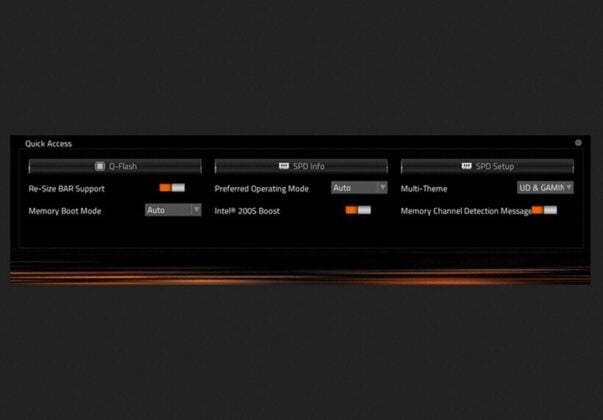
Intel’s Arrow Lake processors initially fell short of expectations, especially in gaming performance. While the processors are efficient, they sometimes lag behind their predecessors in gaming scenarios. Intel aims to rectify these shortcomings, having had ample time to address various issues. The new feature adjusts multiple settings, including power consumption, to optimize performance. This move mirrors AMD’s introduction of a 105W mode to enhance its lower-performance 65W Ryzen 9000 models.
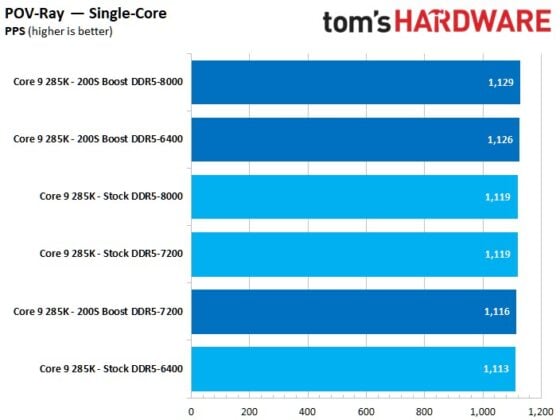
The 200S Boost feature will be integrated into BIOS updates from motherboard manufacturers, allowing users to activate it with a single setting. However, it’s exclusive to high-end Z-series motherboards and available only for ‘K’ and ‘KF’ processors. Not all Core Ultra 200S processors will benefit from this feature. As Intel describes:
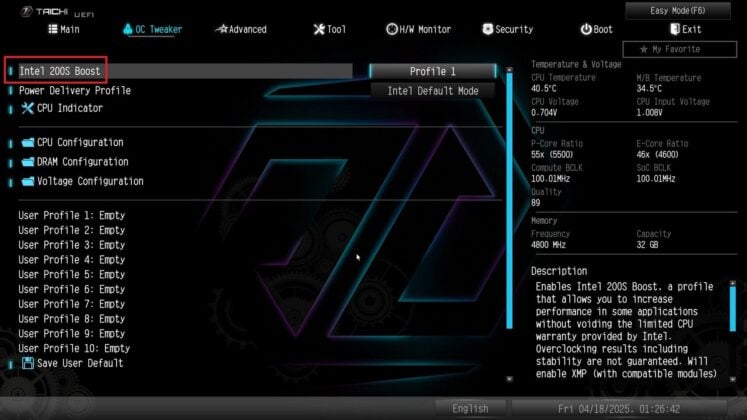
‘For PC enthusiasts eager to explore overclocking with warranty assurance, we present Intel 200S Boost, an overclocking profile tailored to optimize Intel Core Ultra 200S series processors (K-SKUs).’

‘200S Boost is crafted for unlocked Intel Core Ultra 200S Series processors when paired with compatible Intel Z890 motherboards and Intel XMP memory modules (DIMMs). This setup allows users to achieve higher build, die-to-die, and memory frequencies, resulting in performance gains for low latency workloads like gaming.’
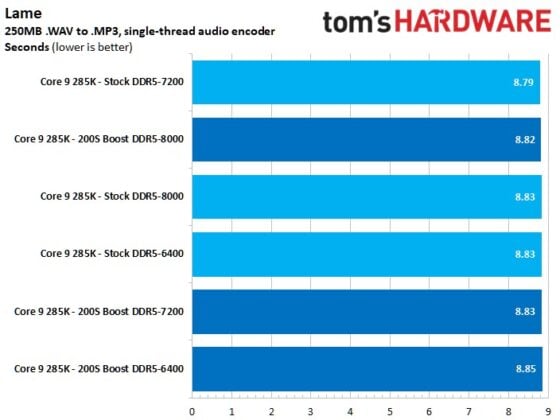
Instead of direct adjustments to clock speeds or power settings, Core 200S Boost enhances the chip’s memory and build speeds. The profiles elevate the speed of Next Generation Uncore, facilitating communication between various chip components, from the standard 2.6 GHz to 3.2 GHz. Additionally, the Die-to-Die (D2D) communication fabric that links the Compute and SoC units inside the Arrow Lake chip has been increased from 2.1 GHz to 3.2 GHz.
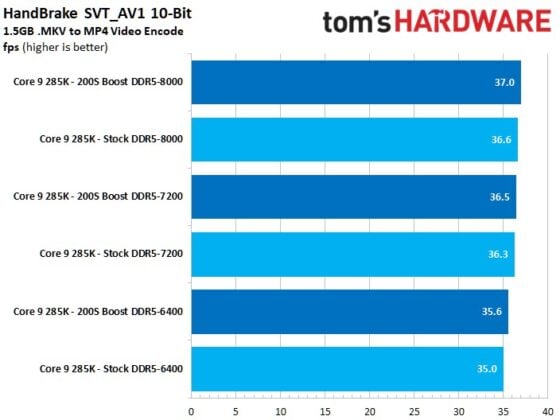
Intel is cautious about motherboard manufacturers overstepping with BIOS settings, potentially risking chip reliability. Therefore, strict limitations are in place to prevent changes to CPU clock speeds or power thresholds within the 200S Boost settings. Voltage caps for the System Agent and memory are enforced, ensuring no exceedance. For instance, XMP kits exceeding the DIMM voltage ratings are not permissible.
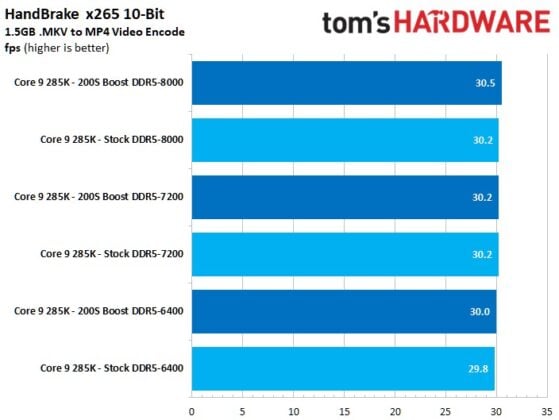
Table of Specifications:
Core Ultra 200S Stock (K Series):
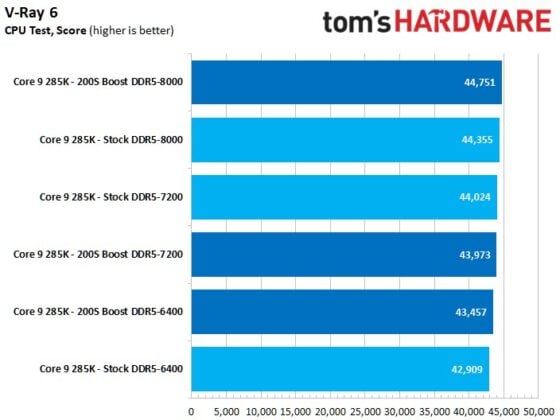
200S Boost:
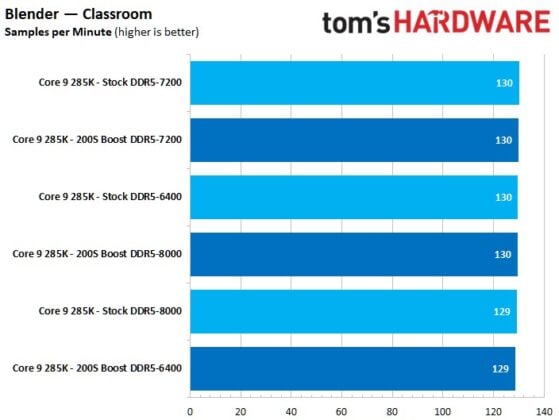
Voltage Limits:
D2D – 2.1 GHz upgraded to up to 3.2 GHz, VccSA ≤ 1.2V
NGU Fabric – 2.1 GHz upgraded to up to 3.2 GHz, VccSA ≤ 1.2V
DDR5 Speeds (UDIMM/CUDIMM) 1DPC – DDR5-6400 upgraded to up to DDR5-8000, VDD2 ≤ 1.4V and VccSA ≤ 1.2V (DIMM – VDDQ and VDD ≤ 1.4V)
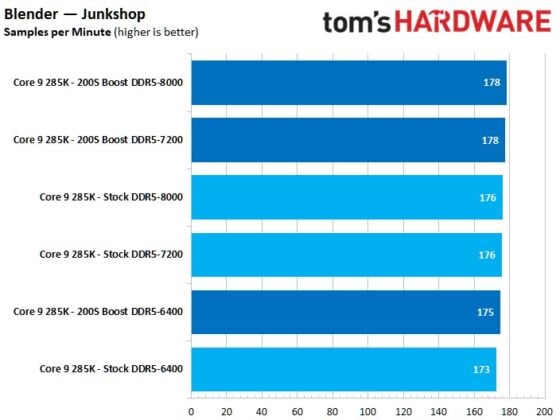
Tom’s Hardware conducted tests to verify the performance enhancements. Using an MSI MEG Z890 ACE motherboard and a Core Ultra 9 285K processor, the tests revealed performance gains, varying by game. Performance increases of up to 7.5% were recorded between stock DDR5-6400 and overclocked DDR5-8000, with game-specific results ranging from 3.7% in ‘A Plague Tale’ to 11.6% in ‘Baldur’s Gate 3’.
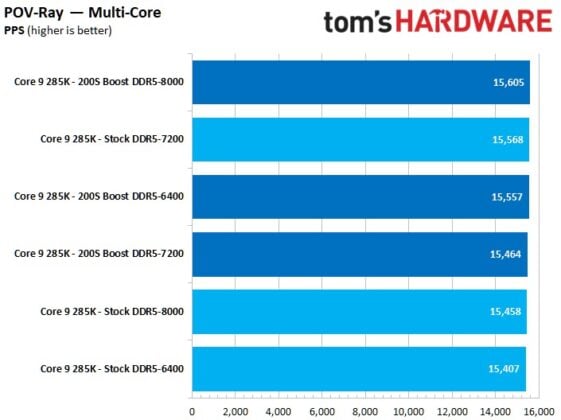
Small gains were also observed in productivity applications benefiting from memory overclocking, while non-memory-intensive applications saw no change.
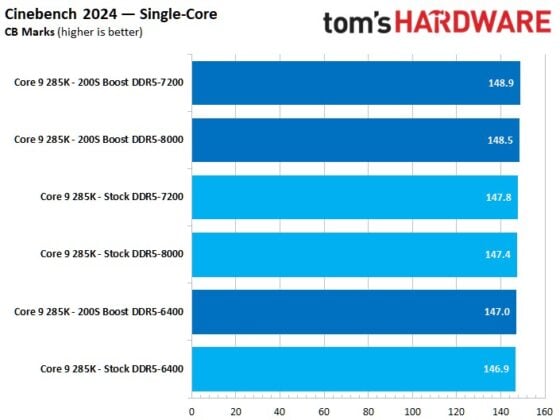
Compatibility for Core 200S Boost depends on your processor and motherboard. Supported processors include the Core Ultra 9 285K, Core Ultra 7 265K, Core Ultra 7 265KF, and Core Ultra 5 245K/KF. A motherboard with an Intel Z890 chipset and RAM with an XMP profile is also required.
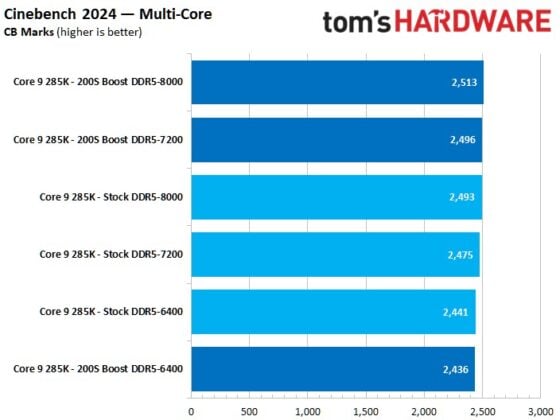
ASRock has released BIOS updates for its Z890 motherboards, with Gigabyte and MSI also offering support for their models. ASUS has confirmed compatibility for the ROG MAXIMUS Z890 HERO model.
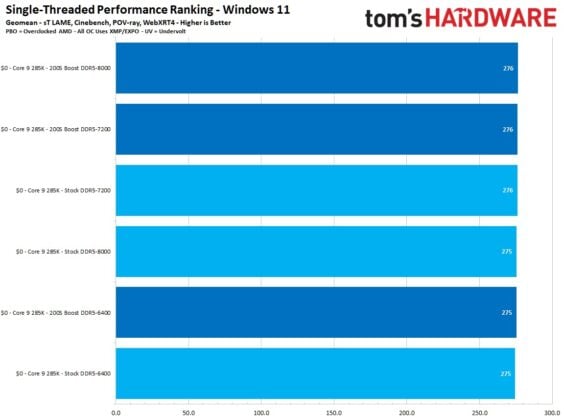
Intel’s latest generation of CPUs underperformed in gaming compared to predecessors, leading to criticism. The company aims to address these issues with its upcoming Panther Lake processors, reported to feature integrated IMC and Compute Tile units, eliminating latency issues.
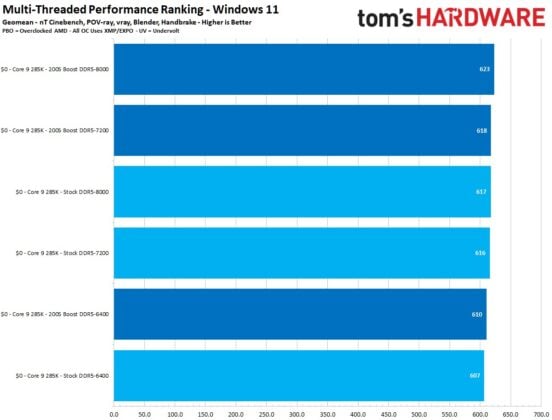
Intel’s decision to separate the memory controller and PHY into their own units was initially to increase throughput. However, this led to latency problems, contributing to poor gaming performance. By reintegrating the IMC with the Compute Tile in Panther Lake CPUs, Intel aims to minimize data routing over additional Die-to-Die interconnects.
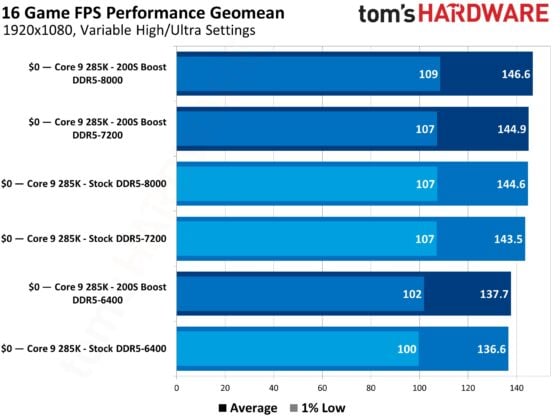
The introduction of Intel 200S Boost exemplifies Intel’s commitment to resolving performance issues and enhancing user experience. While the feature offers significant improvements, closing the gap with competitors like AMD remains a challenge, particularly against AMD’s Ryzen 7 9800X3D processor. As Intel continues to innovate, the tech community eagerly anticipates further advancements.
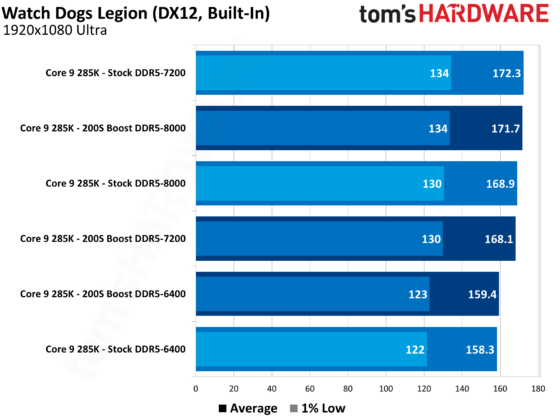
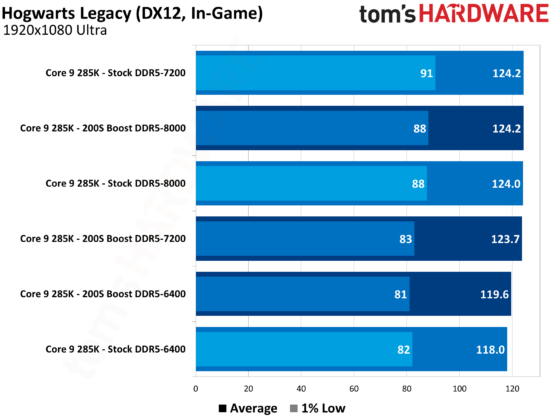
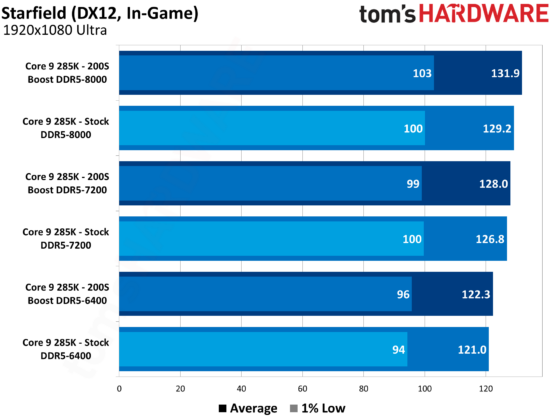
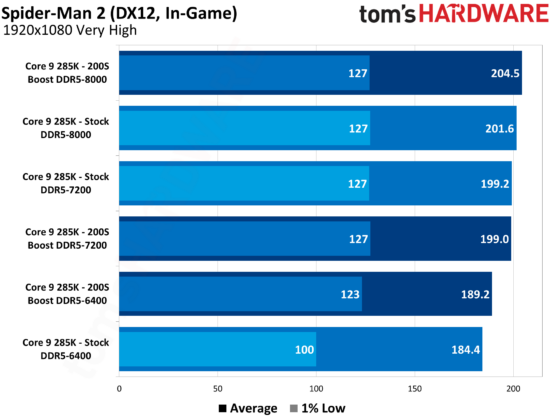
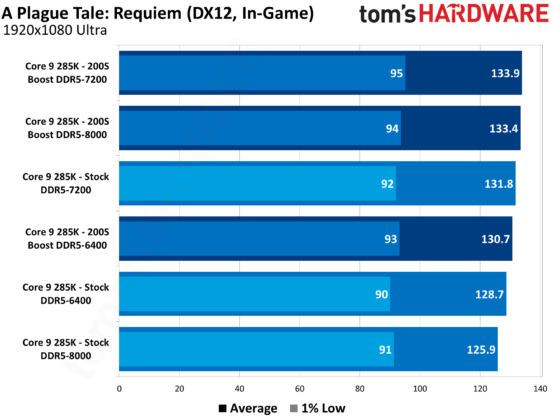
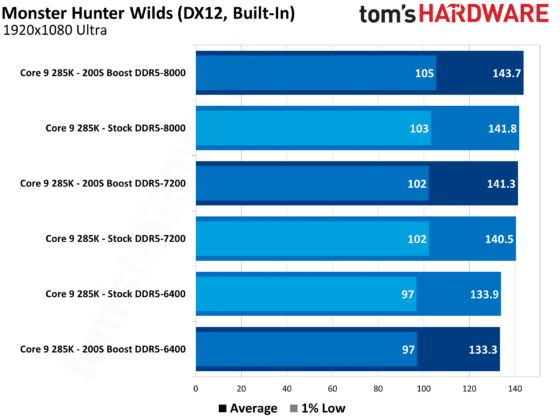
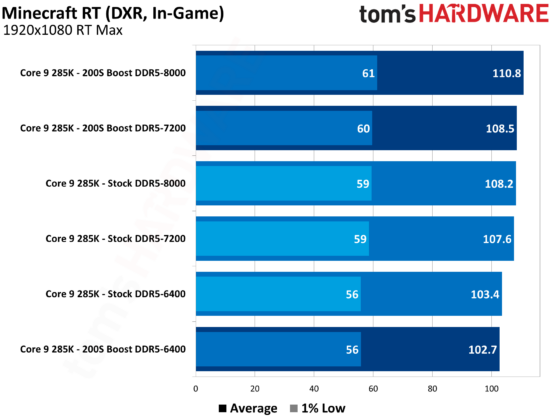
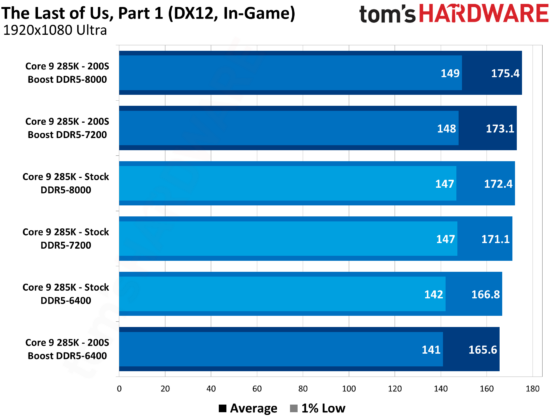
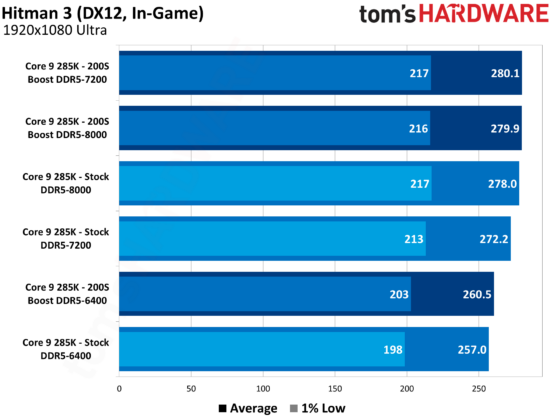

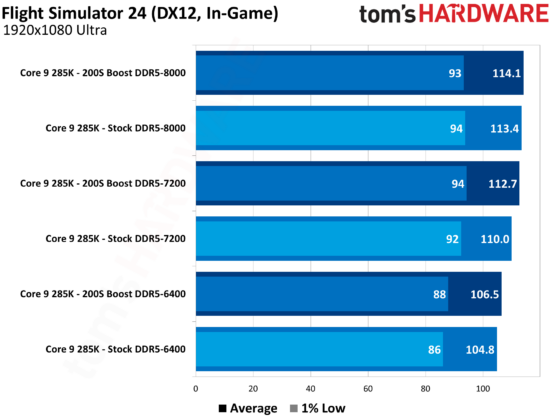
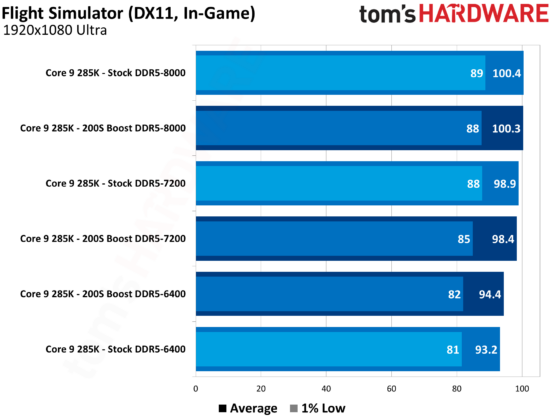
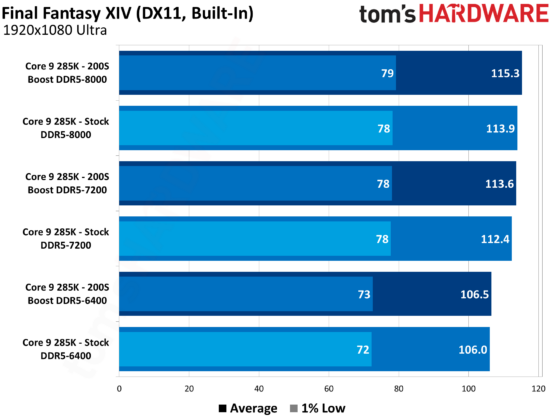

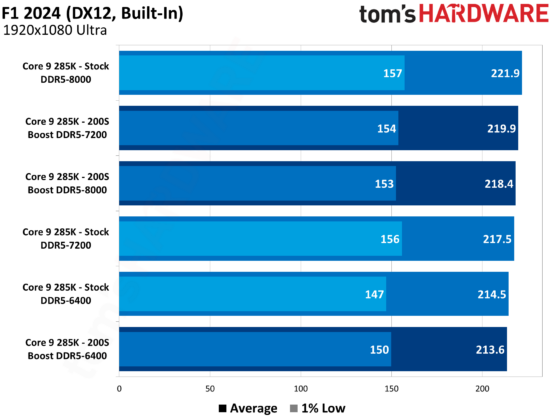
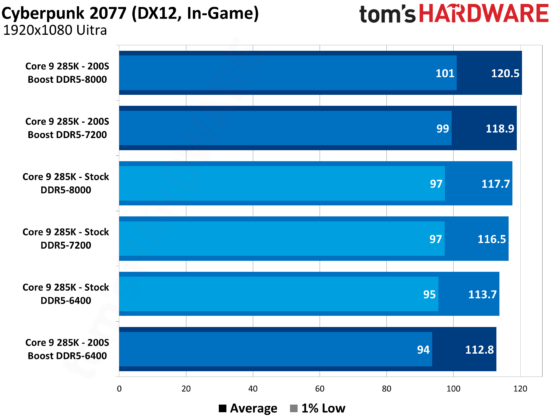
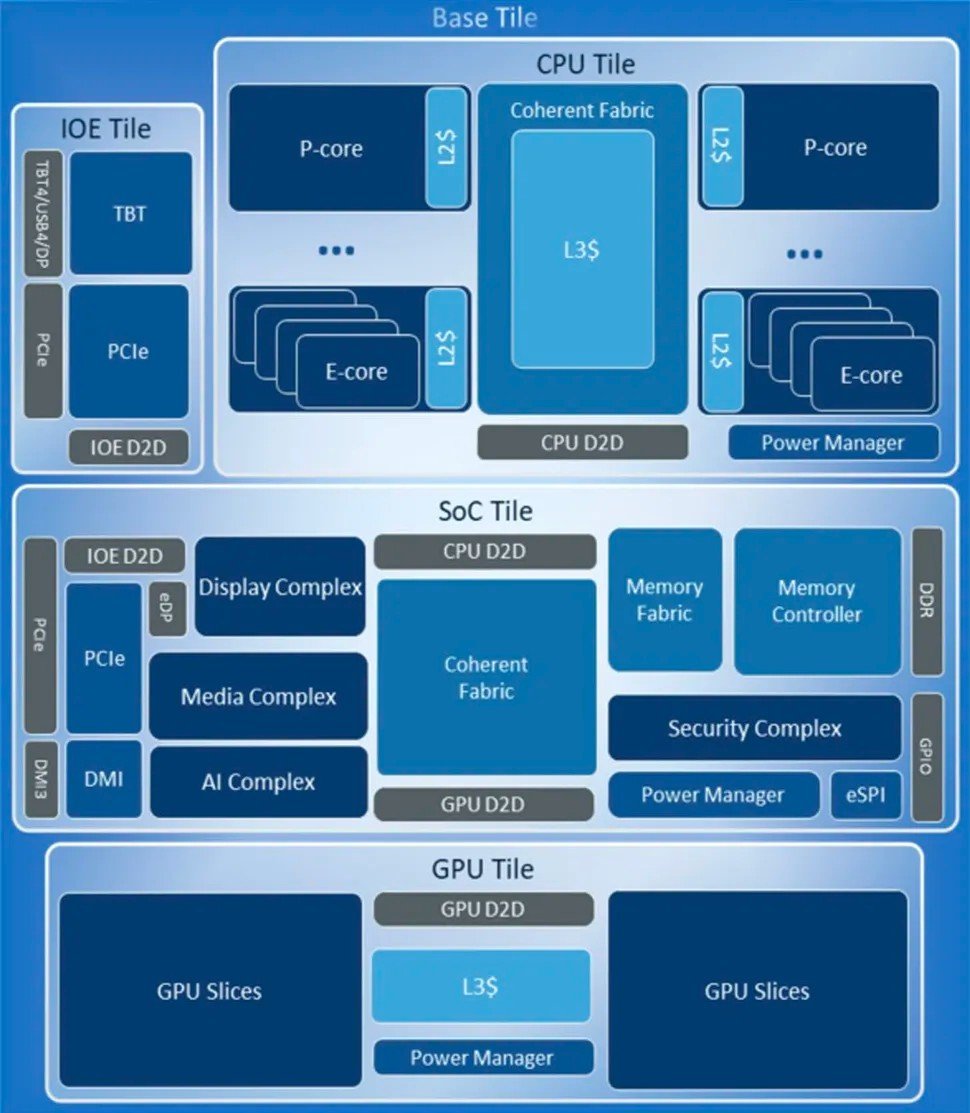
SİGORTA
3 saat önceENGLİSH
9 gün önceSİGORTA
9 gün önceSİGORTA
10 gün önceSİGORTA
13 gün önceSİGORTA
14 gün önceSİGORTA
15 gün önce 1
Elon Musk’s Father: “Admiring Putin is Only Natural”
11682 kez okundu
1
Elon Musk’s Father: “Admiring Putin is Only Natural”
11682 kez okundu
 2
7 Essential Foods for Optimal Brain Health
11557 kez okundu
2
7 Essential Foods for Optimal Brain Health
11557 kez okundu
 3
xAI’s Grok Chatbot Introduces Memory Feature to Rival ChatGPT and Google Gemini
11098 kez okundu
3
xAI’s Grok Chatbot Introduces Memory Feature to Rival ChatGPT and Google Gemini
11098 kez okundu
 4
Minnesota’s Proposed Lifeline Auto Insurance Program
9612 kez okundu
4
Minnesota’s Proposed Lifeline Auto Insurance Program
9612 kez okundu
 5
The Division 2: Battle for Brooklyn Expansion
8225 kez okundu
5
The Division 2: Battle for Brooklyn Expansion
8225 kez okundu
Veri politikasındaki amaçlarla sınırlı ve mevzuata uygun şekilde çerez konumlandırmaktayız. Detaylar için veri politikamızı inceleyebilirsiniz.